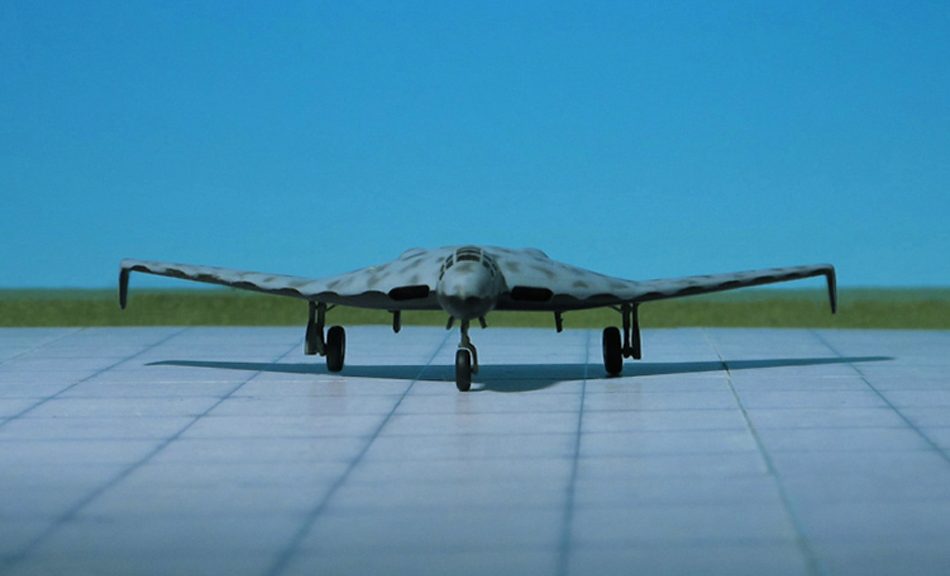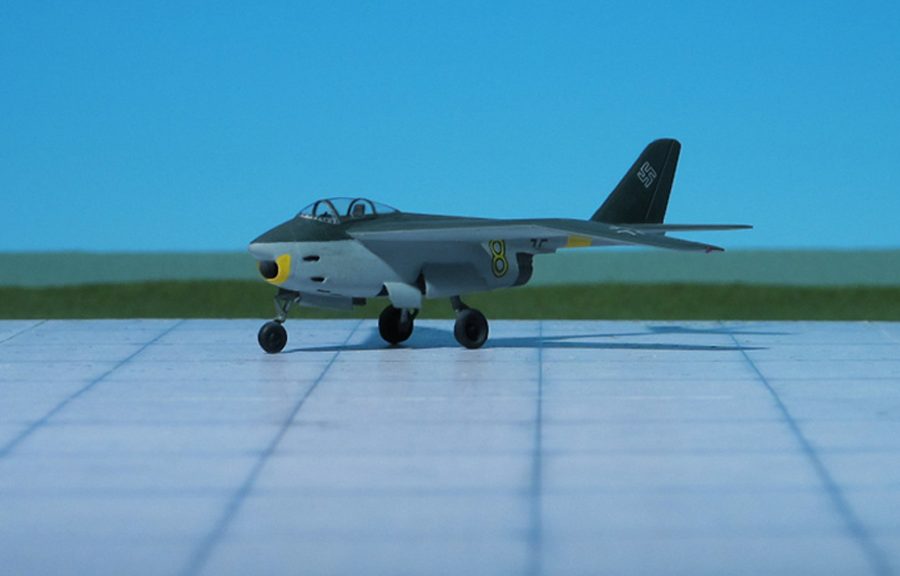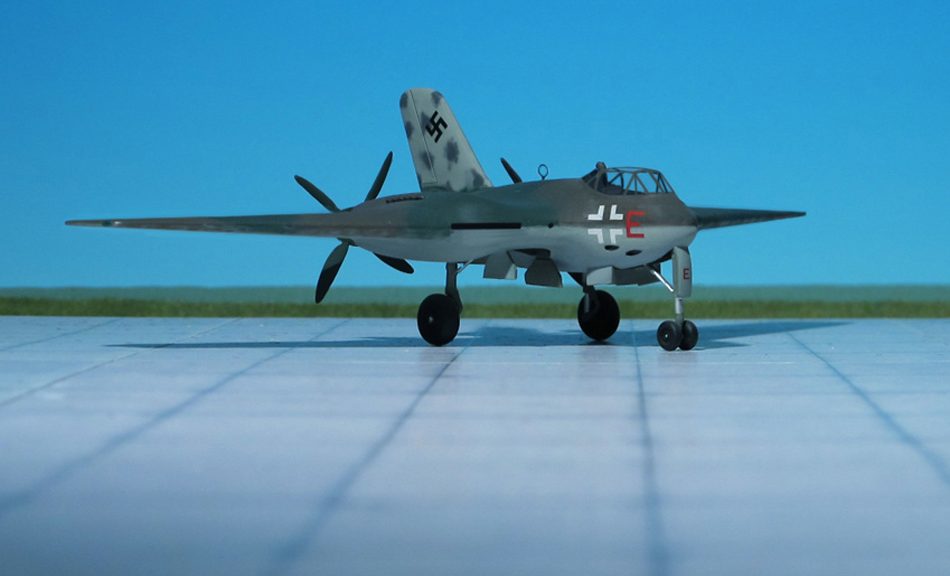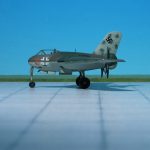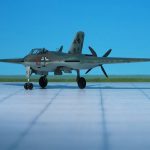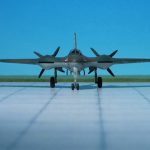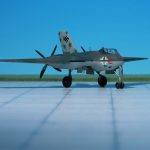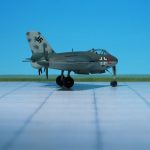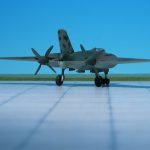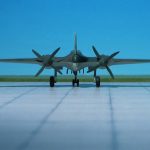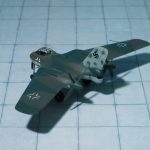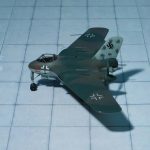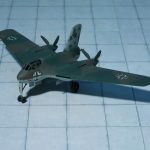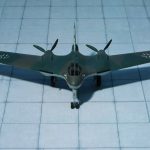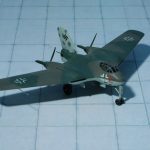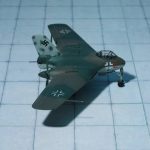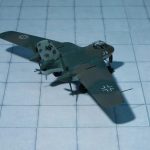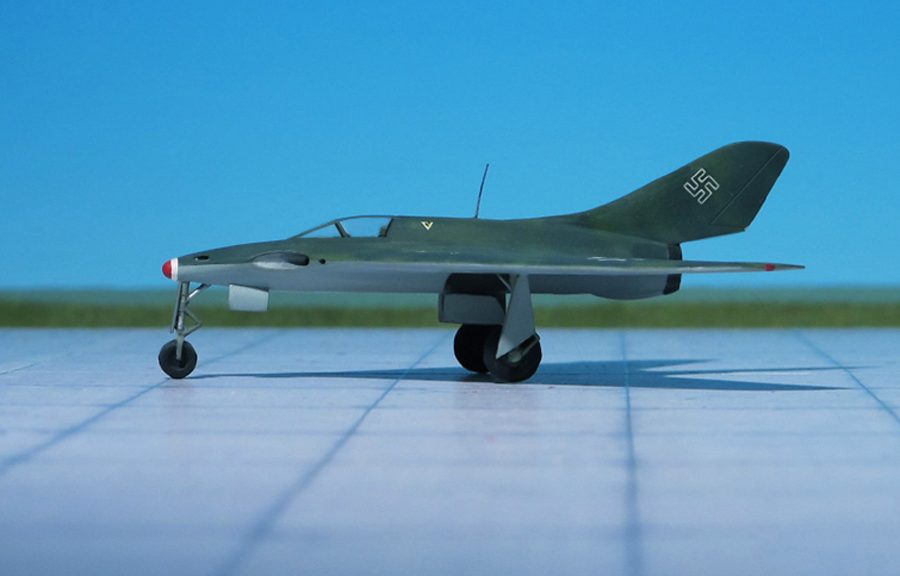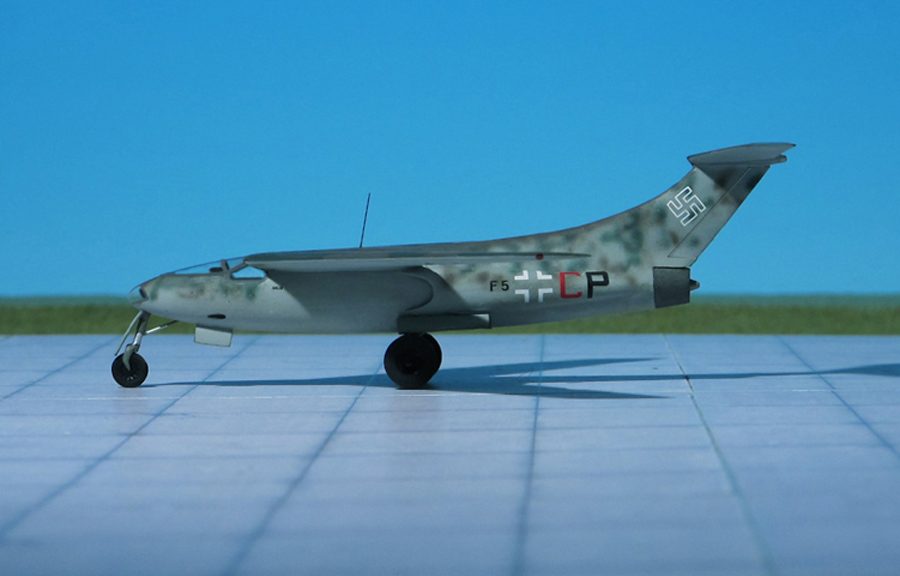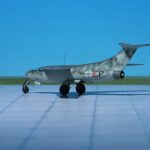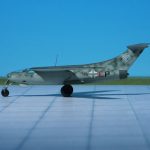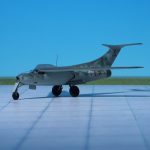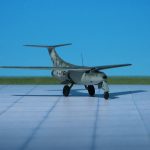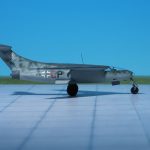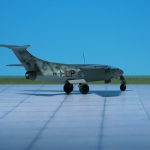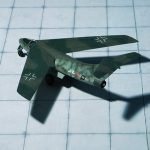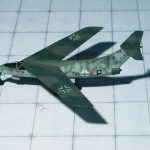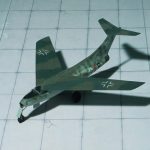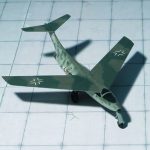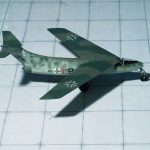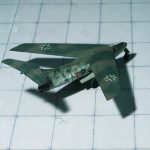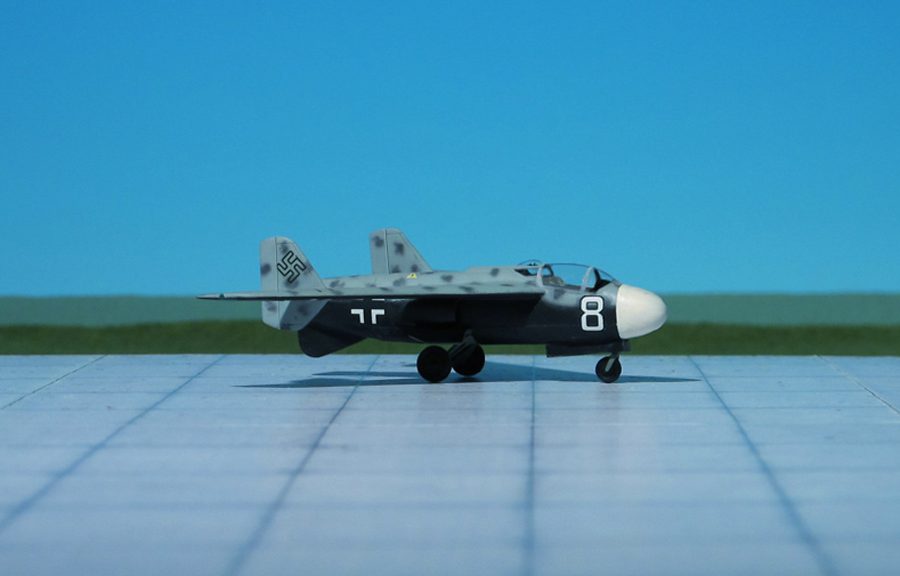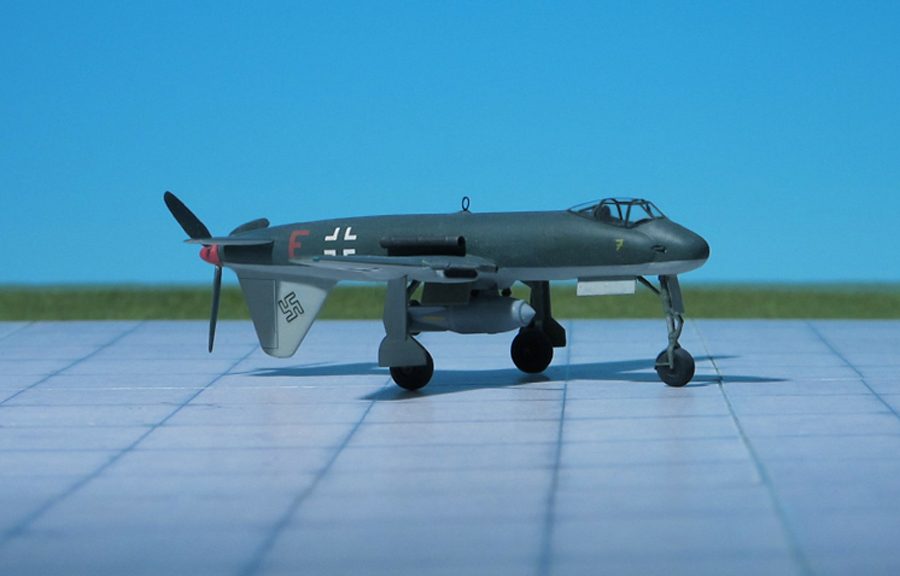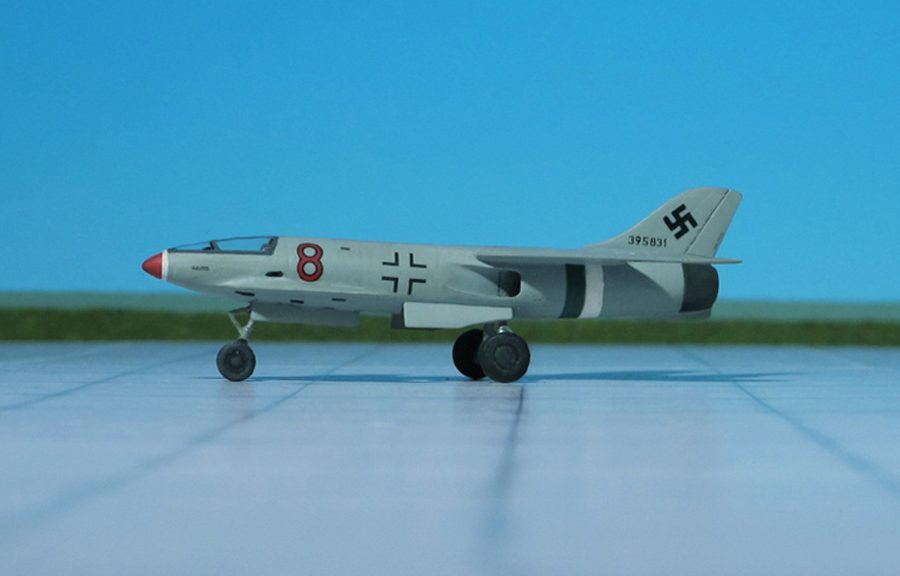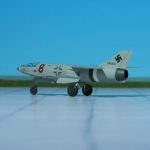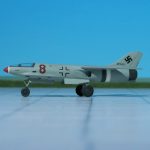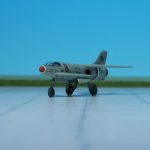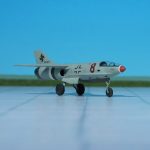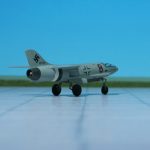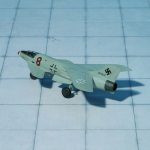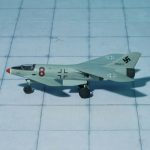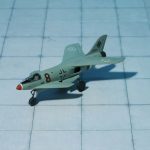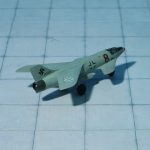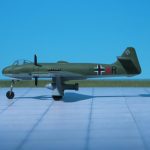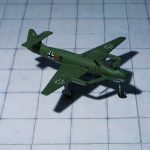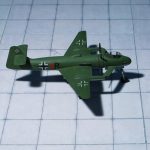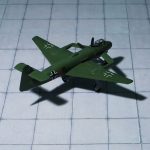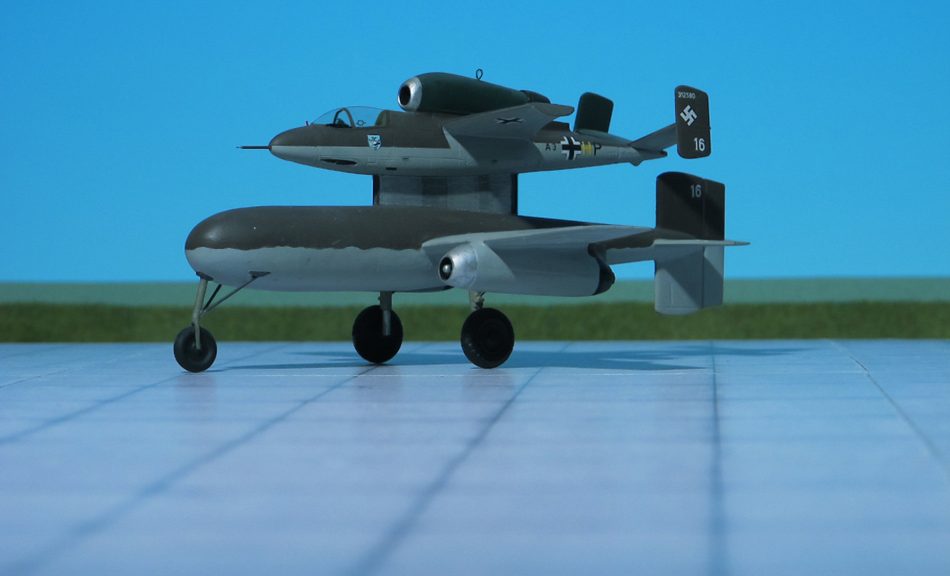TYPE: Fast medium bomber.Project
ACCOMMODATION: Pilot only
POWER PLANT: Two Heinkel-Hirth HeS 011 turbojet engines, rated at 1,300 kp each
PERFORMANCE: 659 mph at 45,900 ft
COMMENT: In 1944, Focke-Wulf Aircraft Company projected three designs of a bomber using two Heinkel-Hirth He S 011 turbojets. These bombers were known under the unofficial designation 3 x 1000 Bomber-Projekt A, Projekt B and Projekt C. The designation “1000x1000x1000” meant that the aircraft could carry a 1000 kg (2205 lbs) bomb load over a distance of 1000 km (621 miles) and at a speed of 1000 km/h (621 mph).
The second design under the Focke-Wulf internal designation Fw P.031 0239/10 “3×1000 Bomber, Projekt B” was of a flying wing layout. There was a small fuselage which held the cockpit and forward landing gear. The wing was swept back at 35 degrees and the fuel load in flexible tanks was carried ahead of the main wing spar. The engines and main landing gear were located behind the main wing spar. Two Heinkel-Hirth He S 011 jet engines each developing 1300 kg of thrust were fed by air intakes located in the wing leading edge near the wing roots. The wing tips were bent downwards to act as vertical stabilizers and contained small rudders. The ailerons also served as elevators and in addition small deflectors were mounted within the jet exhaust, one of the first uses of thrust vectoring. The main landing gear retracted inwards and the nose gear swung up and forward. A single pilot sat in the extensively glazed cockpit located in the extreme nose, and no armament was planned at this stage in the development. A 1000 kg bomb load could be carried in the internal bomb bay located in the center wing. Since these designs would have taken several years to complete, the end of the war ended all development (Ref.: 17).
